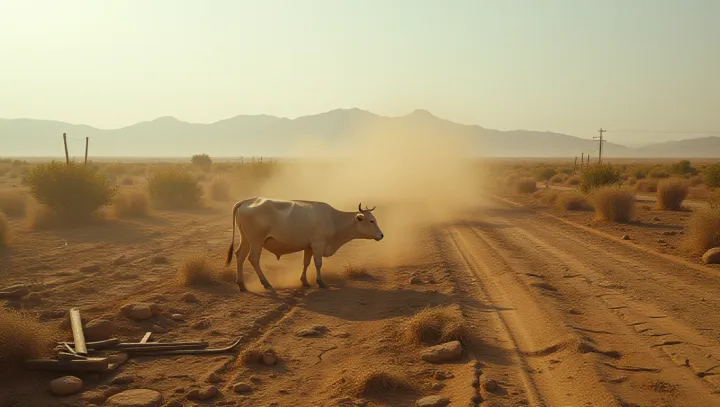The Hidden Cost of Overgrazing

In the rolling grasslands of Mongolia, overgrazing has emerged as a formidable environmental adversary. It is silently eroding the soil, depleting the land of its biodiversity, and exacerbating the emission of greenhouse gases. This issue has garnered attention from environmental scientists and policymakers alike, who deem it a crisis looming on the horizon.
The process of overgrazing involves grazing livestock beyond the land's capacity to sustain vegetation regrowth. Professor John Baxton of the University of Environmental Studies explains, 'Overgrazing disrupts the natural balance. With vegetation stripped bare, the soil loses its ability to hold together, leading to erosion and increased desertification.' Furthermore, the ecological repercussions are profound.
The decimation of plant life reduces food availability for wildlife, leading to diminished biodiversity. The soil, now exposed, releases stored carbon dioxide, furthering atmospheric greenhouse gas concentrations. To counter this, experts advocate for the implementation of sustainable grazing practices.
Rotational grazing, reducing herd sizes, and restoring vegetation are among the proposed methods. These strategies not only aim to rehabilitate the land but also to ensure the livelihood of communities dependent on grazing.
